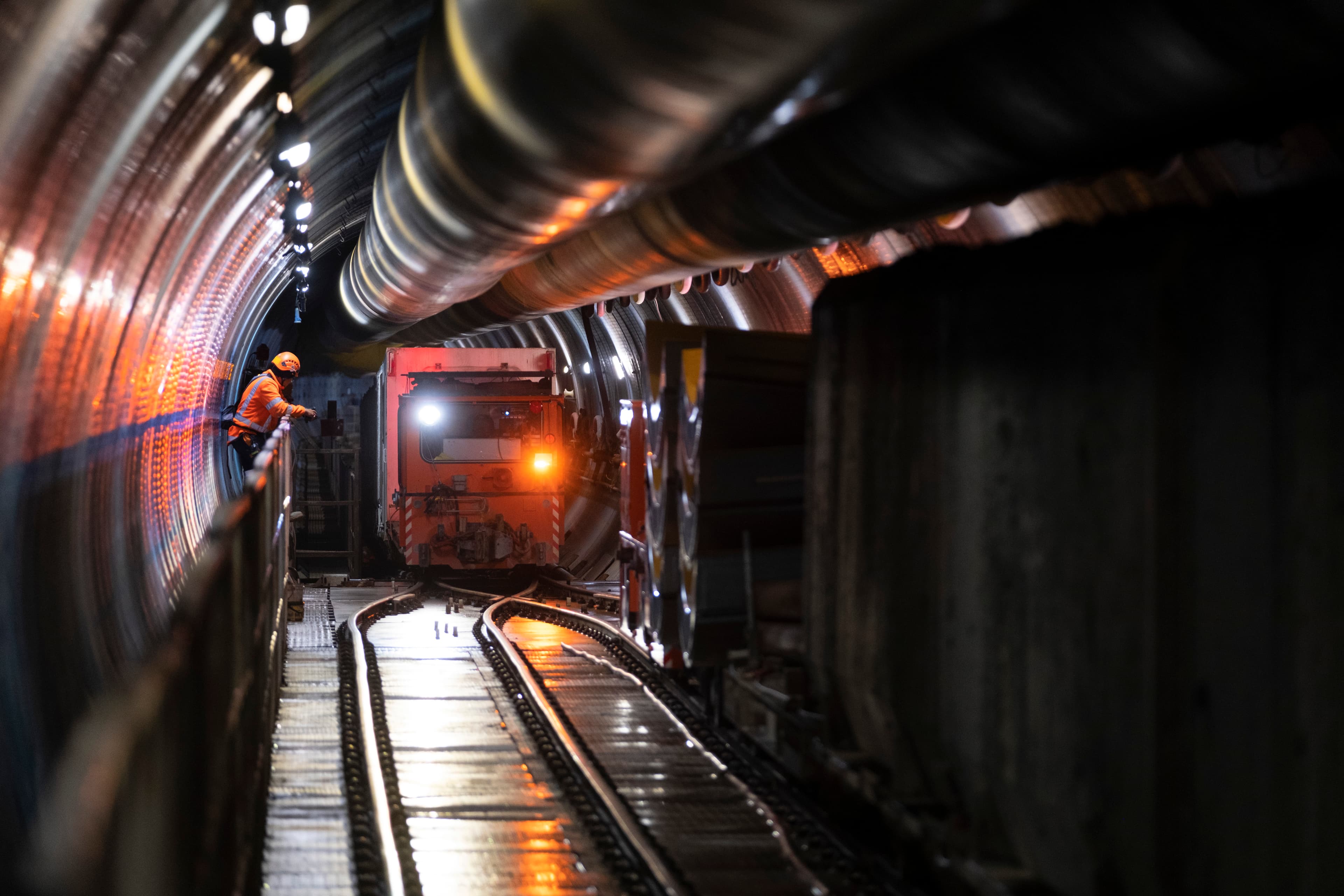

Watercare’s Central Interceptor
Acting as a capable and sophisticated client
Watercare Ltd’s Central Interceptor project is constructing a tunnel which will, when complete, take wastewater from central Auckland to Mangere Wastewater Treatment Plant.
The project dealt with COVID-19 disruptions swiftly and cost-effectively, delivering an above-average performance with cost-inflation well below the market average.
There are three key factors for this, which all demonstrate its capability and maturity of approach as a client organisation:
- Project budgets were set realistically, and the project was given spending autonomy
- An ongoing commitment to high-trust relationships between client and contractor
- The team’s response was that of incident management, not contract frustration.
The project and how it’s going
In the first quarter of 2019, Watercare Services Limited (WSL) concluded a comprehensive procurement process and awarded Ghella Abergeldie Joint Venture (GAJV) the FIDIC Red Book construction contract to build the Central Interceptor (CI) with a completion date in Q1 2026.
It was only after the contract was awarded that WSL announced the project budget of $1.2B – importantly, this figure included the construction contract price, professional services (design, contract management, etc.), and risk contingency.
By August 2023, additional work had been added to the project scope (main tunnel extended from Western Springs to Grey Lynn, and connections to service new developments in Mt Roskill along with improving water quality on the western isthmus) resulting in a revised budget of $1.319B.
On 7 November 2023, the Watercare Board approved a budget increase of $204m to complete the works, bringing the total budget to $1.523b inclusive of $109m to address the impacts of ongoing/future inflation to the end of the project.
The budget increase equates to an approximately 15% cost escalation (not relating to additional works), which compares favourably against the Capital Goods Price Index which has increased by 28% over the same period since contract award.
When COVID-19 impacted the country at the start of 2020, the CI project faced the same challenges as the rest of the construction industry, including being subject to lockdowns, suffering critical staff shortages, incurring cost escalations, and general supply chain issues. Why then has the CI project managed to control its cost escalations and programme delays so well?
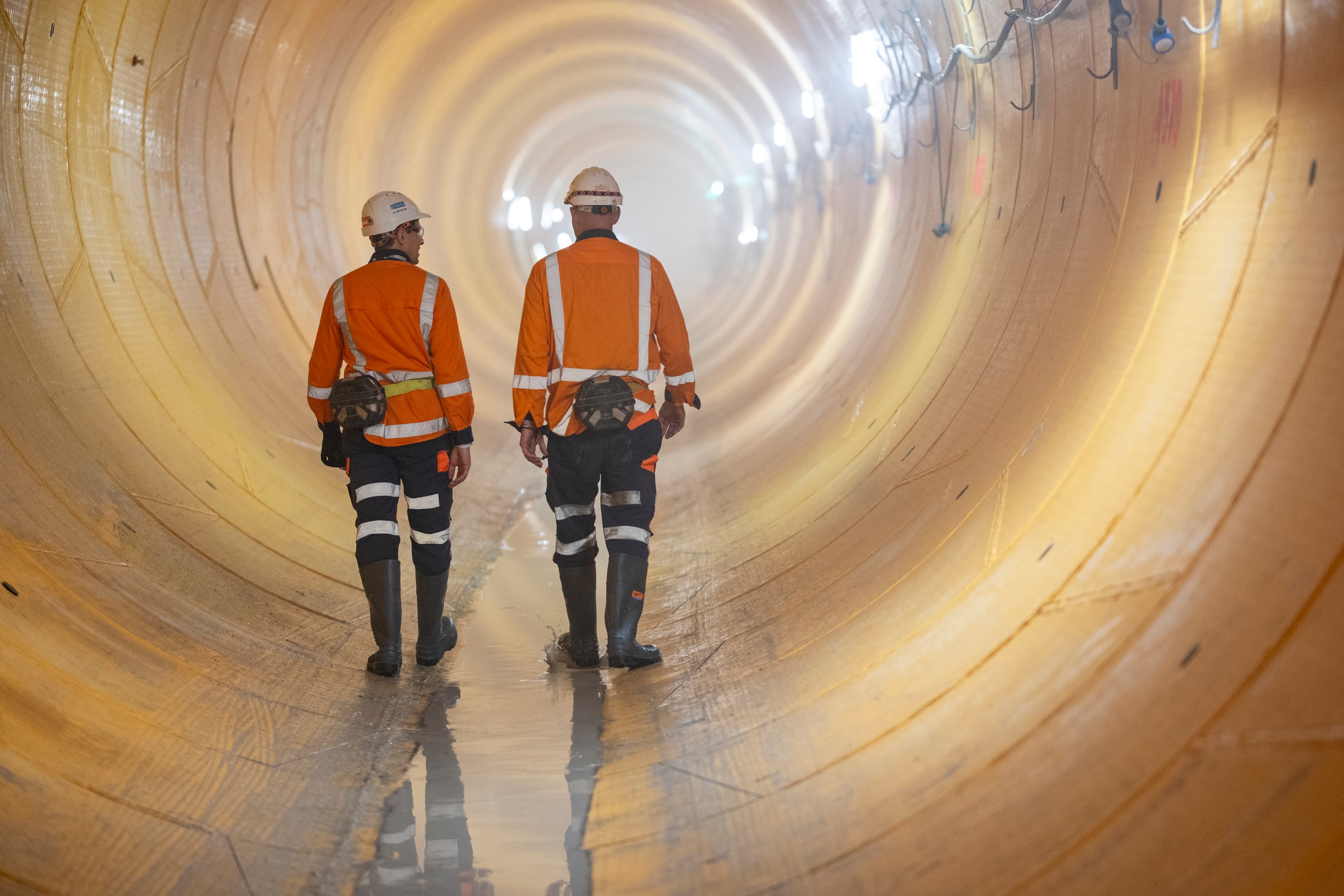
Factor 2 – High-trust relationships
Feedback from both WSL and GAJV indicates a high trust relationship has developed and been fostered on the Central Interceptor project – this is in spite the contract being a “Lump Sum” schedule which is typically associated with lower trust between parties.
A foundation of trust between parties was built from the beginning of the project – initially during procurement where:
- all dates promised by client were met;
- the client-side construction team were involved during interactive phases and evaluation; and
- the scope was made clear, with proper risk allocation through robust negotiations.
During delivery, trust was maintained as WSL adopted a commercial strategy utilising the contract as the foundation balanced against contract management focused on and supporting the parties to deliver. This was supplemented with appropriate and experienced project governance (including a Dispute Resolution Board) which provided independence and allowed for early escalation and resolution of issues.
This has developed into a virtuous cycle of trust where there is a clear purpose, good communication, and parties are focussed on delivering best-for-project results by knowing that fair and equitable outcomes will be reached – instead of them worrying about protecting their own bottom lines.
A lesser, but often overlooked benefit of the positive working environment created, was the retention of staff - with leadership from both WSL and GAJV project teams being largely unchanged from the tender period.
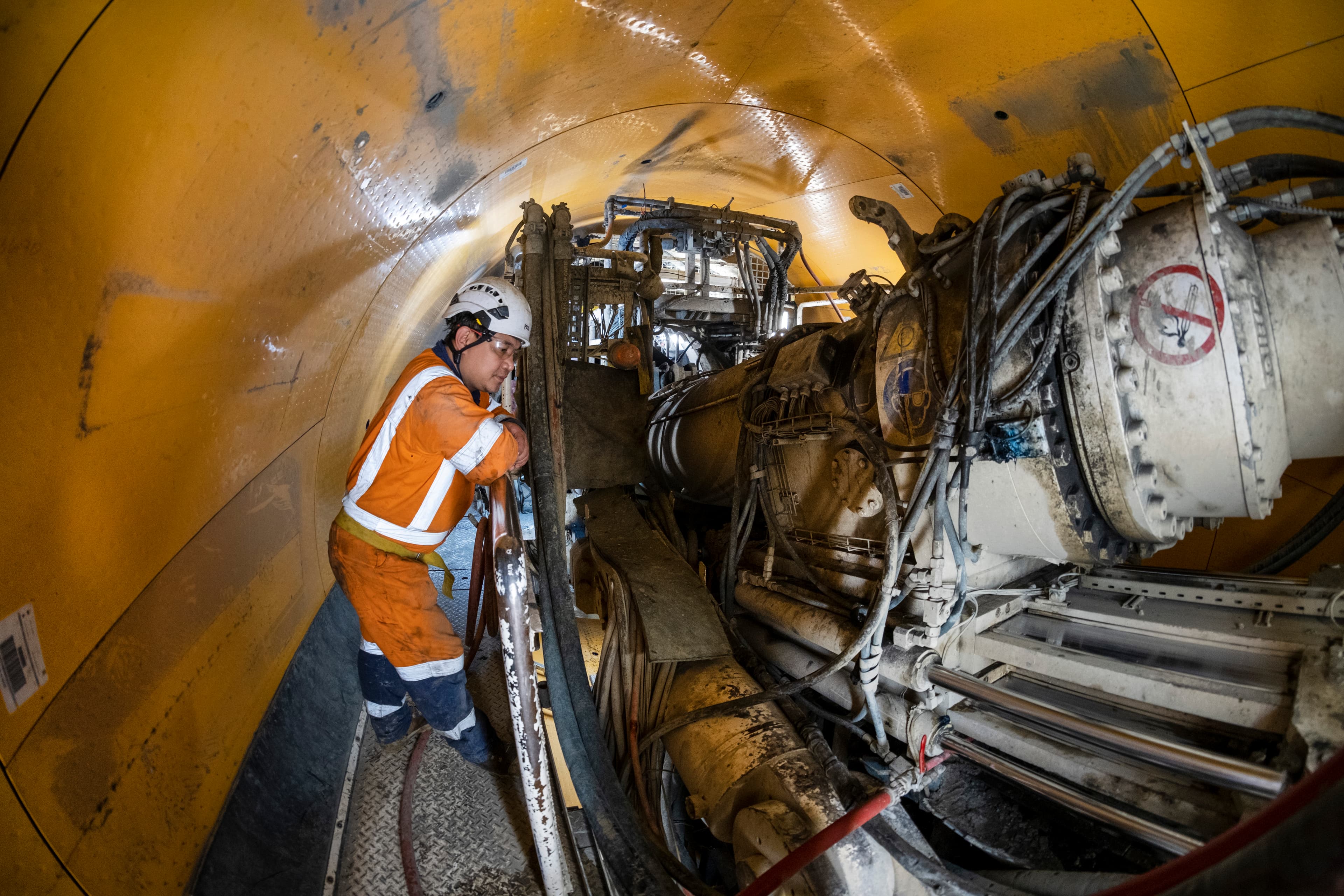
The Hiwa-i-te-Rangi Tunnel Boring Machine has travelled more than 7 kilometres..
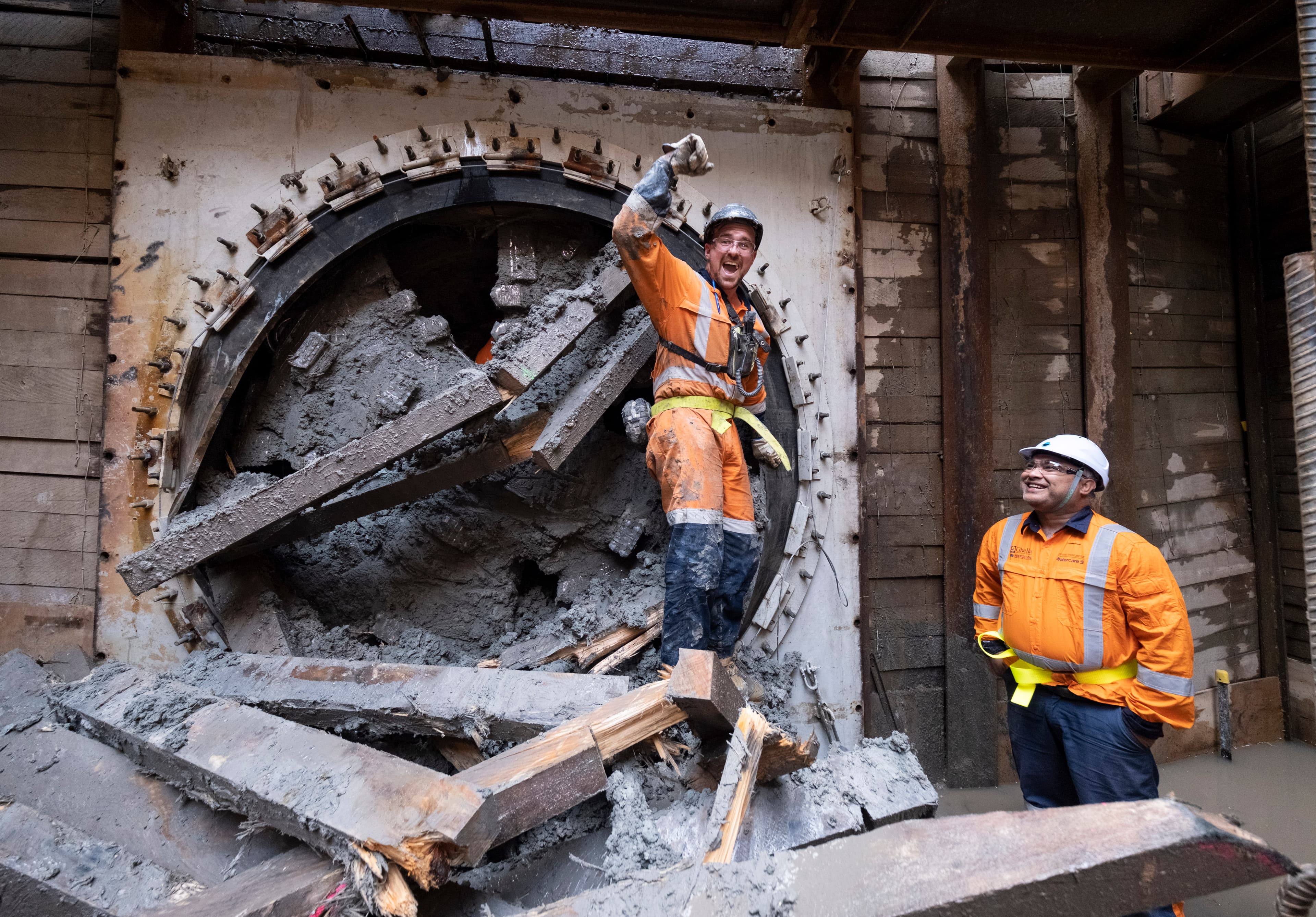
Central Interceptor tunnellers celebrates breaking through to complete the first link sewer for the project.
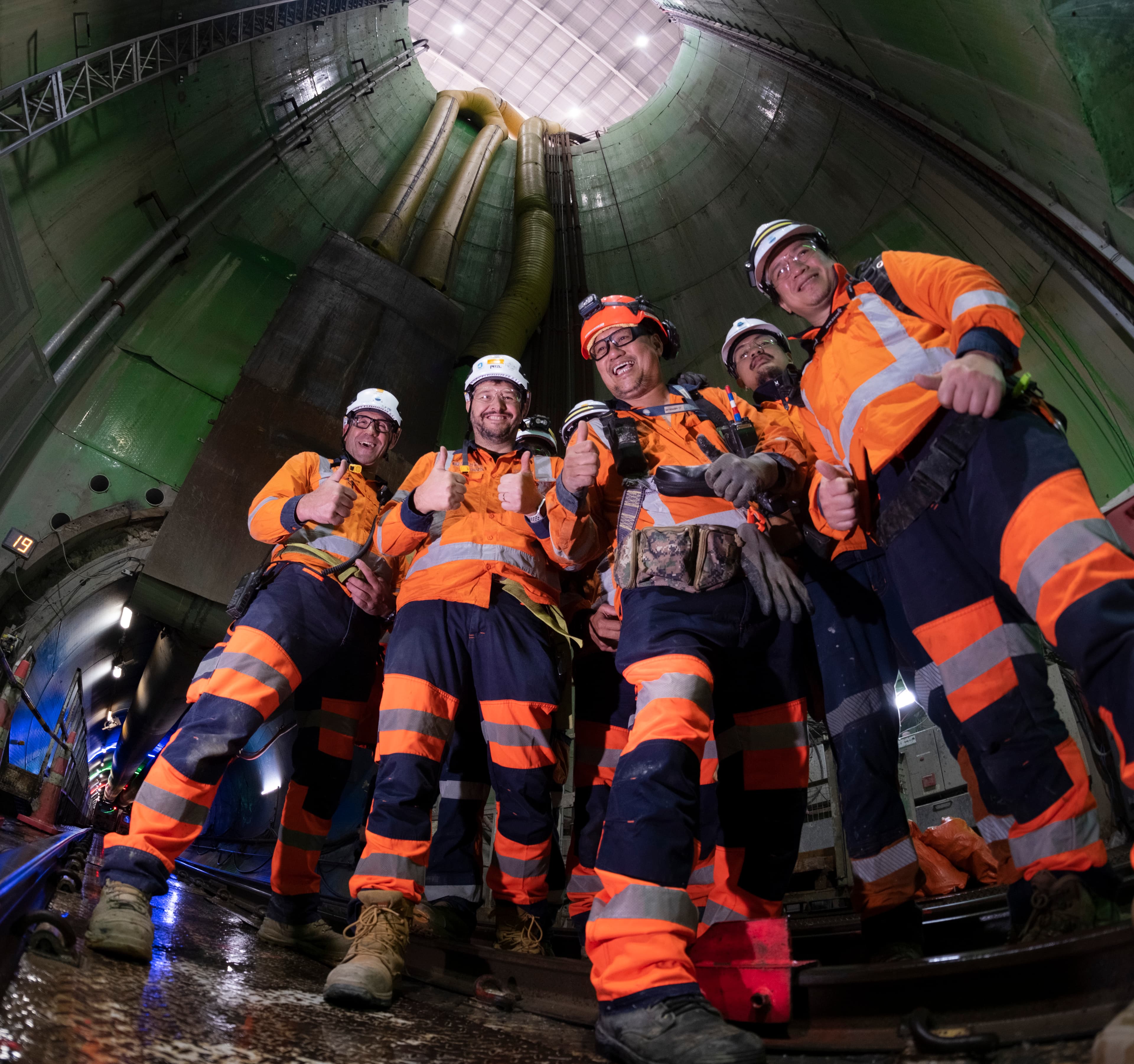
Central Interceptor tunnellers in a joyful mood as they approach the halfway mark.
